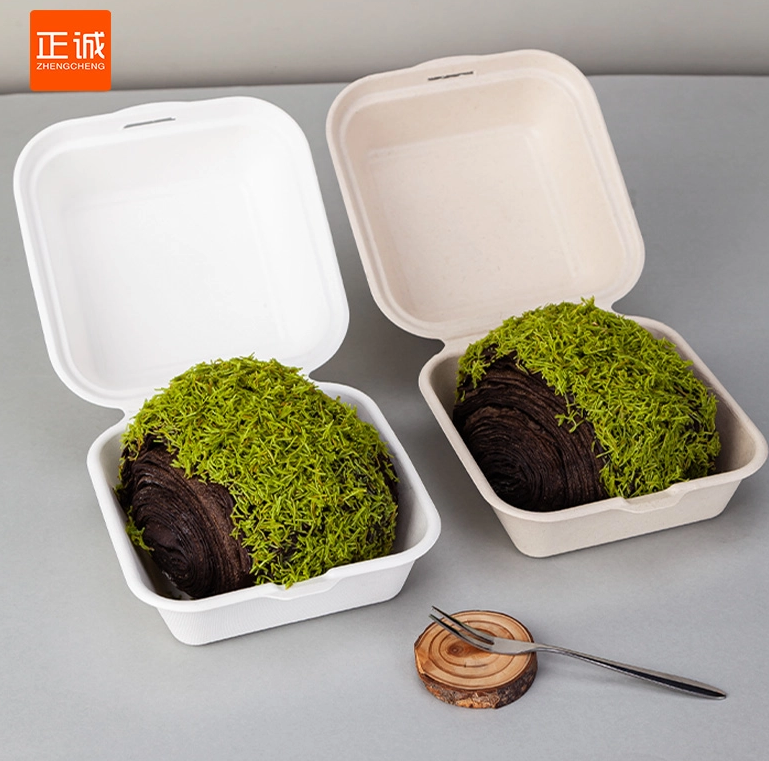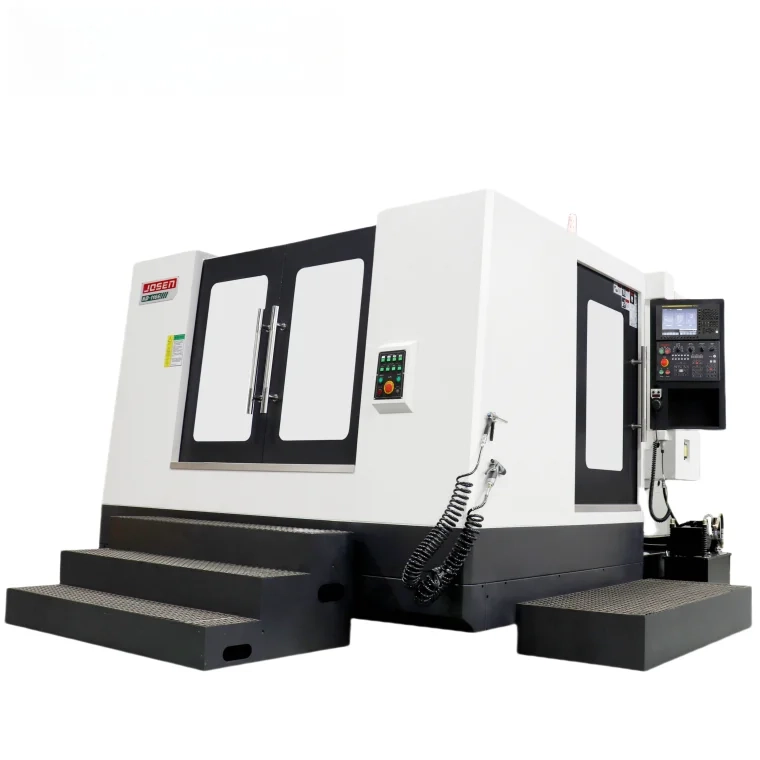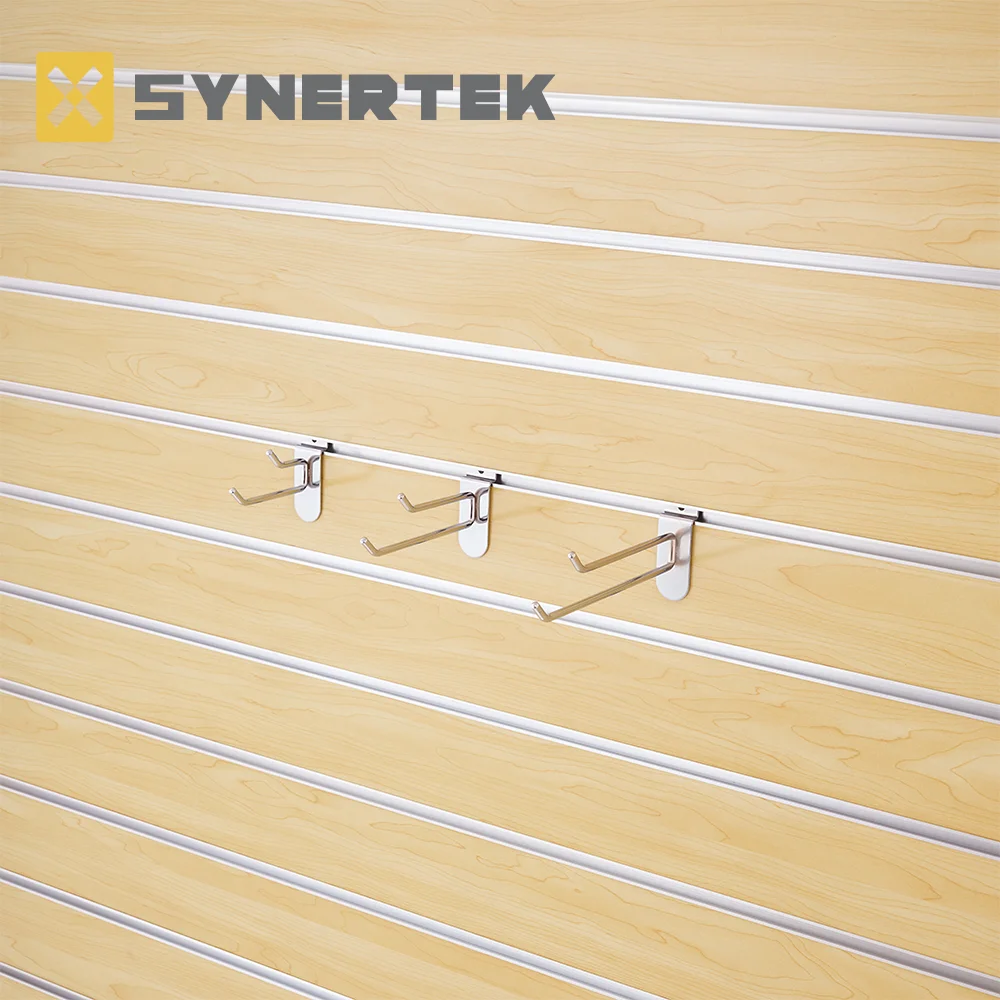When it comes to interior design, the ceiling often plays a pivotal role in shaping the overall aesthetic and functionality of a space. A false ceiling, also known as a dropped or suspended ceiling, not only enhances the visual appeal of a room but also offers practical benefits such as improved acoustics, insulation, and concealment of wiring and ductwork. However, selecting the right material for a false ceiling can be a daunting task, given the myriad of options available in the market. This article delves into the various materials used for false ceilings, evaluating their pros and cons to help you make an informed decision.
- Gypsum Board
Overview: Gypsum board, commonly known as drywall, is one of the most popular materials for false ceilings. It is made from a core of gypsum plaster sandwiched between two sheets of heavy paper.
Advantages:
- Versatility: Gypsum boards can be easily cut and shaped, allowing for creative designs and intricate patterns.
- Fire Resistance: Gypsum has inherent fire-resistant properties, making it a safe choice for residential and commercial spaces.
- Sound Insulation: It effectively reduces sound transmission, enhancing the acoustic quality of a room.
Disadvantages:
- Moisture Sensitivity: Gypsum boards can be susceptible to moisture damage, which may lead to mold growth in humid environments.
- Weight: They can be heavier than other materials, requiring sturdy support structures.
- Mineral Fiber Tiles
Overview: Mineral fiber tiles are composed of natural and synthetic fibers, making them a lightweight and cost-effective option for false ceilings.
Advantages:
- Acoustic Performance: These tiles excel in sound absorption, making them ideal for offices, schools, and other environments where noise control is essential.
- Easy Installation: Mineral fiber tiles are lightweight and can be easily installed in a grid system.
- Moisture Resistance: Many mineral fiber tiles are designed to resist moisture, making them suitable for areas like kitchens and bathrooms.
Disadvantages:
- Durability: While they are resistant to moisture, mineral fiber tiles can be prone to sagging or damage over time.
- Limited Aesthetic Options: The design choices may be more limited compared to gypsum boards.
- PVC Panels
Overview: Polyvinyl chloride (PVC) panels are a modern alternative for false ceilings, known for their durability and low maintenance.
Advantages:
- Waterproof: PVC panels are completely waterproof, making them an excellent choice for high-humidity areas.
- Lightweight: Their lightweight nature simplifies installation and reduces the load on the supporting structure.
- Variety of Designs: Available in a wide range of colors and finishes, PVC panels can mimic the look of wood or other materials.
Disadvantages:
- Environmental Concerns: PVC is a synthetic material, and its production can have environmental implications.
- Heat Sensitivity: PVC panels may warp or discolor when exposed to high temperatures.
- Wood
Overview: Wooden false ceilings add a touch of elegance and warmth to any space, making them a popular choice in residential settings.
Advantages:
- Aesthetic Appeal: Wood offers a natural beauty and can be stained or painted to match any decor.
- Insulation: Wood provides excellent thermal insulation, helping to maintain comfortable indoor temperatures.
Disadvantages:
- Cost: High-quality wood can be expensive, making it less accessible for budget-conscious projects.
- Maintenance: Wooden ceilings require regular maintenance to prevent warping, cracking, and pest infestations.
- Metal Ceilings
Overview: Metal ceilings, often made from aluminum or steel, are gaining popularity for their modern look and durability.
Advantages:
- Durability: Metal ceilings are resistant to moisture, fire, and pests, making them a long-lasting option.
- Reflective Properties: They can enhance lighting in a room by reflecting light, creating a brighter atmosphere.
Disadvantages:
- Acoustic Limitations: Metal ceilings may not provide the same level of sound absorption as other materials.
- Cost: Depending on the type of metal and finish, these ceilings can be more expensive than traditional options.
Conclusion: Making the Right Choice
Choosing the best material for a false ceiling ultimately depends on your specific needs, preferences, and budget. Gypsum boards are versatile and fire-resistant, making them suitable for a variety of applications. Mineral fiber tiles excel in acoustic performance, while PVC panels offer moisture resistance and low maintenance. Wood provides aesthetic warmth, and metal ceilings bring a modern edge to any space.






+ There are no comments
Add yours